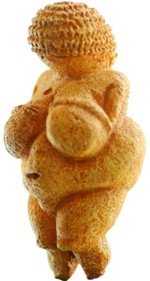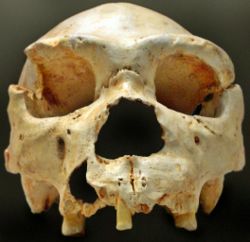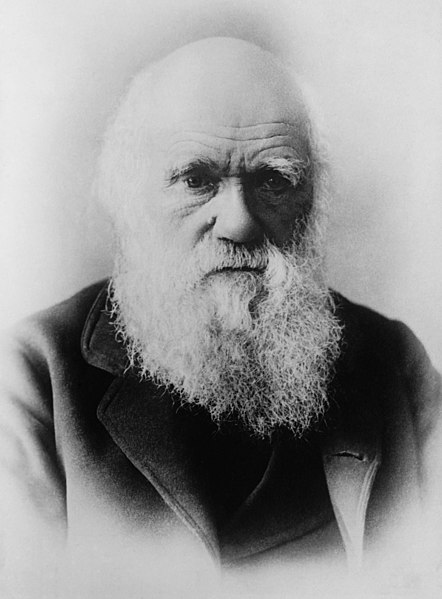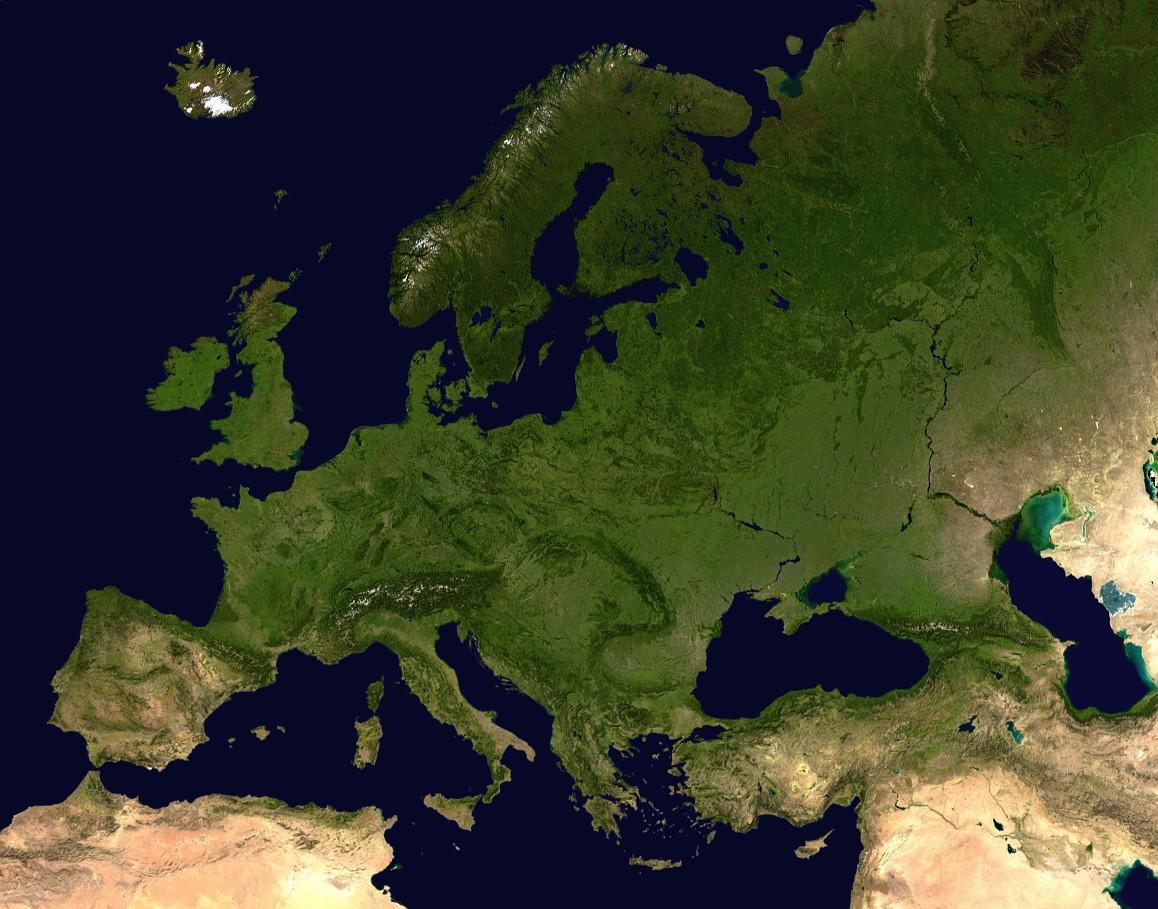HOT ZONE
EQUATORIAL
The temperature of the equatorial regions is hot throughout the year, with a very low temperature range usually of less than 3 degrees celsius. It is also a very wet climate with annual precipitation often more than 2000 mm. It is a simple climate type to identify, as the line on the climate graph is almost straight.
 TROPICAL
In the tropical climate , the temperatures are very high all year around. There are two climates: the rainy season ( that is summer ) and the dry season ( that is winter ).
TROPICAL
In the tropical climate , the temperatures are very high all year around. There are two climates: the rainy season ( that is summer ) and the dry season ( that is winter ).
Thise climate includes areas in Central and South America, Central and South Africa, South and Southeast Asia and North and East Auntralia.
 DESERT
DESERT
Deserts are areas where the rainfall is too low to sustain any vegetation at all, or only very scanty scrub. The rainfall in desert areas is less than 250 mm or 10 inches per year, and some years may experience no rainfall at all. The hot deserts are situated in the subtropical
climate zone where there is unbroken sunshine for the whole year due to the stable descending air and high
pressure. Such areas include the Sahara, Saudi Arabia, large parts of Iran and Iraq, northwest India, California, South Africa and much of Australia. Here, maximum temperatures of 40 to 45°C are common, although during colder periods of the year, night-time temperatures can drop to freezing or below due to the exceptional radiation loss under the clear skies.
TEMPERATURE ZONE
OCEANIC
Precipitations appear much more abundant than they are in reality: their annual total hardly exceeds the meter, but they are distributed over all the year, with a maximum during the cold season related to the passage of depressions .
The annual average temperature of these areas lies between 10°C and 13°C.
The oceanic climate areas stretch from the Western shores of Europe, Portugal to Norway, and on the Western littoral of America from San Francisco to -British Colombia in Canada. In the southern hemisphere, areas includes Chile, New Zealand and Tasmania (Australia).·
MEDITERRANEAN CLIMATE
The Mediterranean climate is characterized by no freezing temperatures in winter and dry summers. It is Europe's hottest climate.
This climate occurs on the Western part of the continent and refers to zones in a range of latitudes between 30 and 45 degrees. There is a rather wet and soft winter and precipitations are clearly delimitated in time. Summers are hot and arid. The Mediterranean climate is of C type according to the Köppen classification (moderate wet with dry summer).
CONTINENTAL CLIMATE
Continental climates are usually witnessed along the east coasts and north western coasts of Northern Hemisphere. Experience the winter climatic condition at areas having Continental climate that hold up stable amount of snow throughout the year. Summers are characterized with moderate precipitation, while the east coast areas especially along the North American regions are marked with even precipitation. Places like Iran, Turkey and Central Asia are generally marked with high precipitation during the winter time.
These regions affected with Continental weather conditions comprises of tall-grass prairies or forests. This type of climate experiences three months with a temperature exceeding almost to 10°C (50°F) while winters may sometimes go below 0°C (32°F).
The average summer temperatures range from 70 F and 90 F at the daytime while goes to almost 50 F and 65 F during the nighttime. The average winter temperatures range from 10 F and 45 F at daytime while night experiences from -10 F and 25 F. Spring is usually witnessed during early March along the southern region while the northern areas are affected during the mid April.
COLD ZONE
HIGH MOUNTAI
Very generally, the climate of relatively high elevations; mountain climates are distinguished by the departure of their characteristics from those of surrounding lowlands, and the one common basis for this distinction is that of atmospheric rarefaction; aside from this, great variety is introduced by differences in latitude, elevation, and exposure to the sun; thus, there exists no single, clearly defined, mountain climate. Also known as highland climate.
POLAR CLIMATE
Near the North and South Poles it is so cold that when the snow falls is does not melt, but gradually accumulates over hundreds and thousands of years to make thick ice sheets. The ice sheets in the Southern Hemisphere are much larger than in the Northern Hemisphere, covering the entire continent of Antarctic. In the North by contrast, ice sheets are restricted mainly to Greenland. Most of the Arctic Circle surrounding the North Pole is ocean, and the seawater freezes to form sea ice, rarely more than a few tens of metres thick.The cold polar climates can experience very low
temperature indeed. This is because for half the year, the Sun does not rise above the horizon. A temperature of -88°C was once reported in Antarctica. Since the air in polar regions is so cold, it contains very little moisture. Such dry air means that there is very little snowfall. Polar climates can be as dry as the hot
deserts.































